Transforming Property Vision into Reality with Real Estate Rendering Techniques
In the ever-evolving landscape of the real estate industry, the ability to effectively communicate property vision has become paramount. Real Estate Rendering techniques serve as a crucial bridge between conceptual ideas and tangible outcomes, allowing developers, architects, and marketers to present their projects in the most compelling light. By leveraging advanced digital tools and visualization methods, stakeholders can create stunning visual representations that capture the essence of a property before it even exists. This not only aids in garnering interest and investment but also facilitates clear communication among diverse audiences.
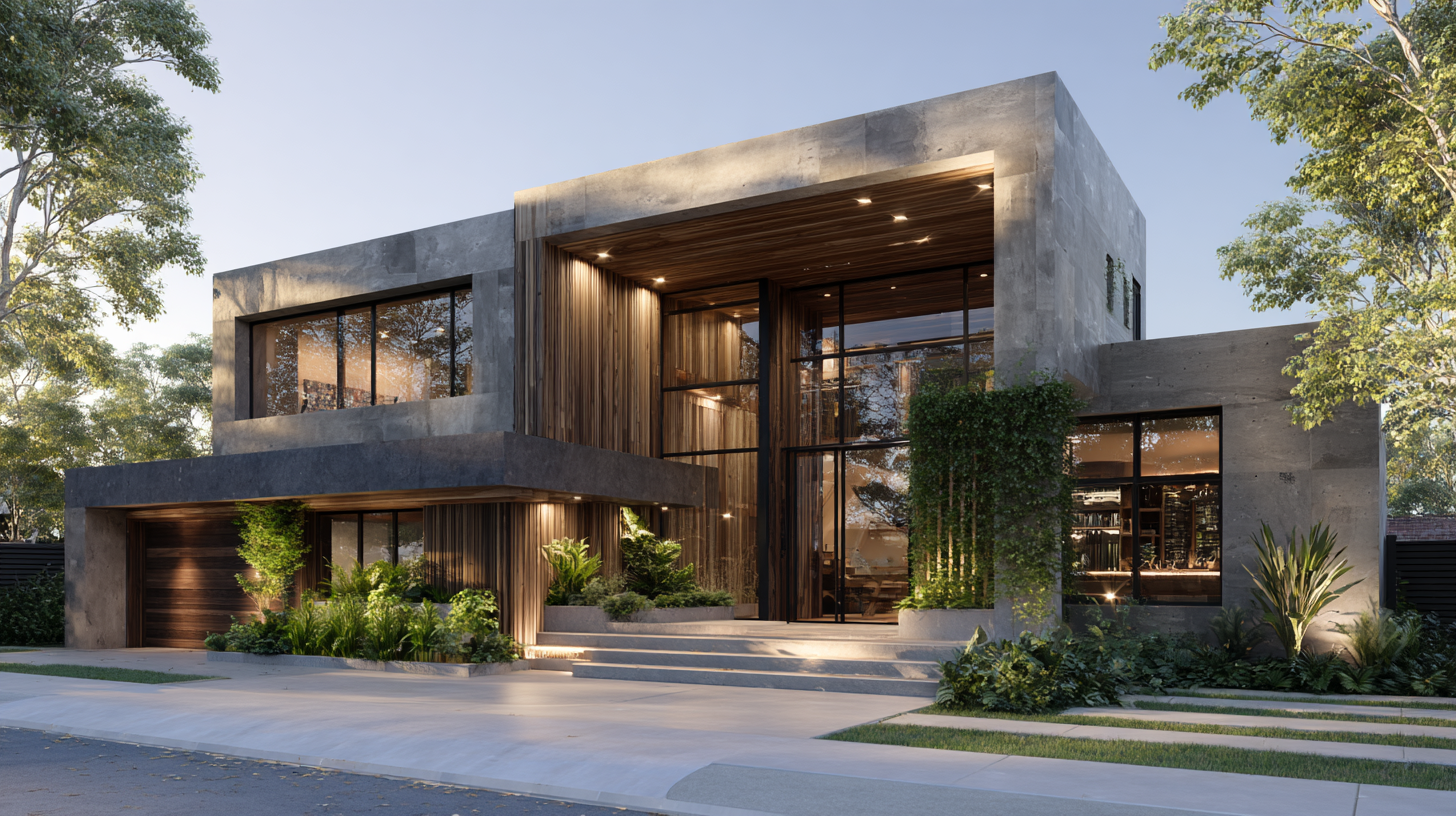
In this article, we will explore essential tips and practices for utilizing Real Estate Rendering effectively, ensuring that your vision transforms into a captivating reality that resonates with potential buyers and investors alike.
Understanding the Importance of Real Estate Rendering in Property Development
Real estate rendering has become an essential tool in the property development industry, as it enables developers, architects, and investors to visualize projects long before construction begins. According to a report by the National Association of Realtors, properties listed with high-quality renderings receive 50% more inquiries compared to those without. This data highlights the significance of rendering in attracting potential buyers and investors, making it a critical component of marketing strategies in real estate.
The importance of real estate rendering lies not only in aesthetics but also in enhancing decision-making processes. A study conducted by the American Institute of Architects found that projects with 3D renderings experienced a 30% reduction in design changes compared to those relying solely on traditional blueprints. By providing a realistic representation of the final product, real estate renderings facilitate better communication among stakeholders, aligning visions and minimizing costly alterations during the construction phase. As property development continues to evolve, leveraging advanced rendering techniques will remain vital in bringing property visions to life.
Key Techniques for High-Quality Real Estate Visualization
High-quality real estate visualization is essential for transforming property visions into tangible realities. Among the key techniques that have emerged in the industry, 3D rendering stands out as a powerful tool. By creating lifelike representations of properties, 3D models help potential buyers and investors visualize spaces in a way that traditional photography or blueprints cannot. This technique enables the incorporation of realistic lighting, textures, and even landscaping, offering a more immersive experience that can significantly enhance marketing strategies.
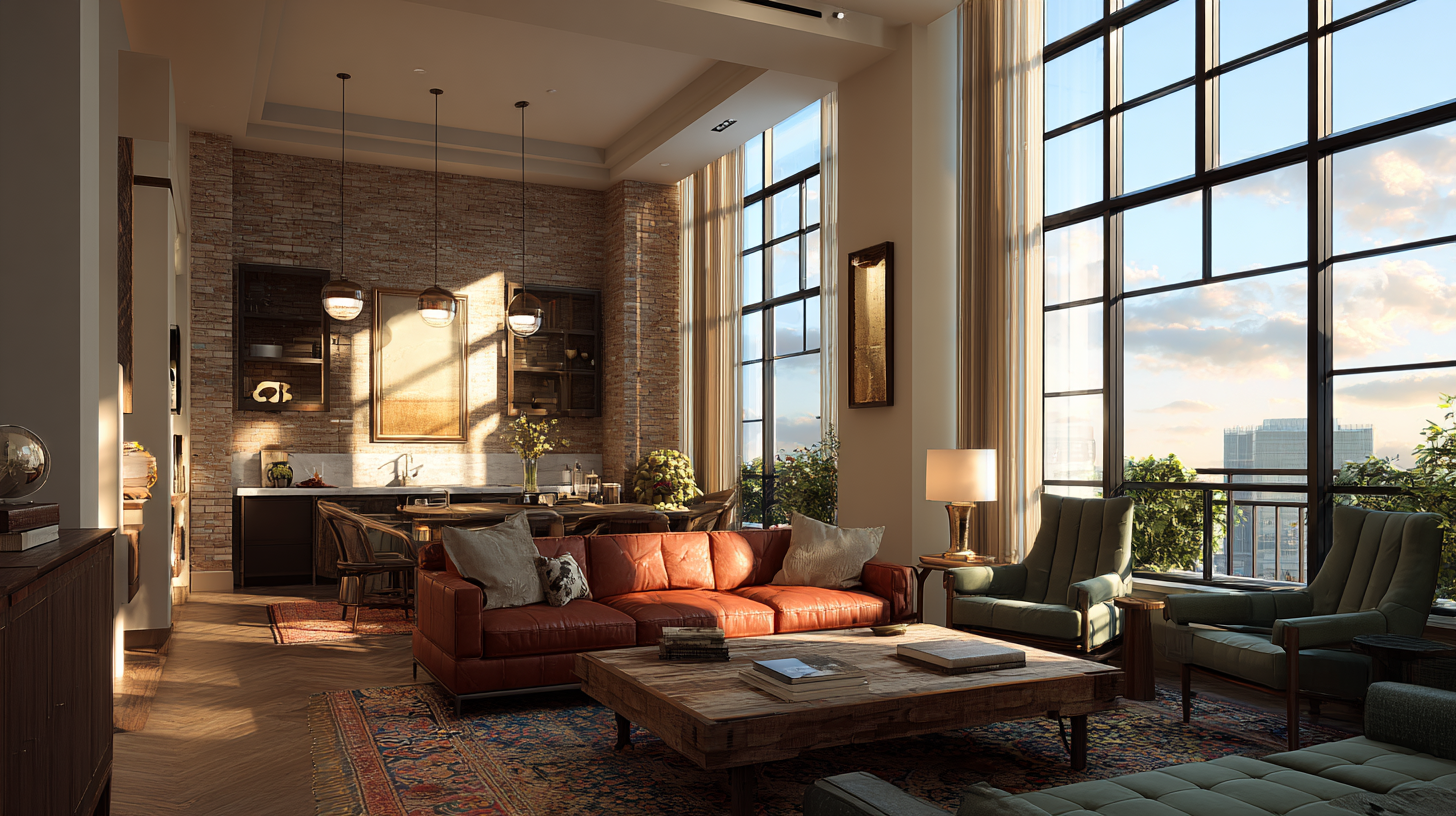
Another vital technique is virtual reality (VR), which further enhances the visualization process by allowing users to engage with a property in an interactive environment. With VR, prospective clients can experience a property as if they were physically there, walking through rooms and examining every detail. This level of engagement not only captures attention but also assists in decision-making by providing a comprehensive understanding of the space.
Additionally, augmented reality (AR) tools bring an innovative edge, enabling clients to visualize modifications or furnishings in real time, thereby personalizing their experience and fostering deeper emotional connections to the property.
Steps to Create Compelling 3D Renderings for Property Projects
In the realm of real estate, the power of 3D rendering techniques cannot be overstated. These advanced methods enable property developers and designers to create stunning visual representations that turn abstract concepts into vivid realities. The process begins with gathering comprehensive data about the property project, including architectural plans and design inspirations. Utilizing cutting-edge software, designers can translate these elements into immersive 3D models that showcase every detail, from interior layouts to exterior perspectives.
Moreover, the integration of AI-powered tools in architectural rendering is revolutionizing the industry. With applications that enhance productivity and streamline the rendering process, creators can generate photorealistic visuals in a fraction of the time it once took. These advancements are not only aiding in creating compelling presentations for clients but are also serving as valuable marketing assets. As the demand for more engaging property showcases grows, investing in these innovative rendering techniques stands as a pivotal step towards transforming any property's vision into a captivating reality.
Integrating Virtual Reality with Real Estate Rendering for Enhanced Experiences
Virtual reality (VR) is revolutionizing the way potential buyers and investors engage with real estate properties. By integrating VR technology with traditional real estate rendering techniques, developers are creating immersive experiences that bring property visions to life. This approach not only showcases architectural designs in real-time but also allows clients to explore spaces before they are built, significantly enhancing the decision-making process.
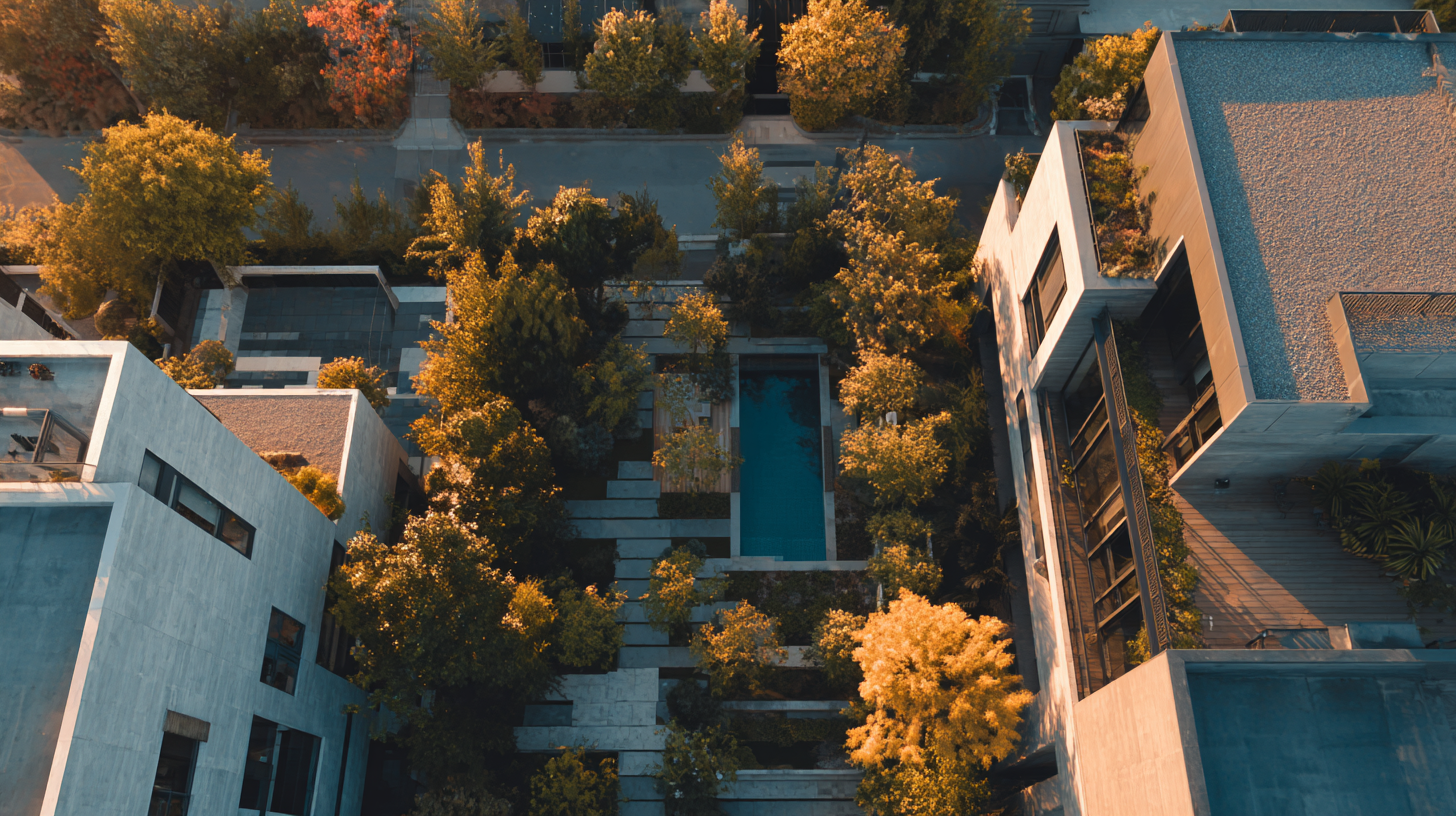
Through the use of VR, prospective buyers can virtually walk through their future homes, viewing every detail from room layouts to material finishes. This level of interactivity fosters a deeper emotional connection to the property, making it easier to envision living within the space. Additionally, this technology enables real estate professionals to present multiple design options, showing clients various possibilities and customizations that can be achieved. As a result, the combination of rendering techniques and VR creates a powerful tool for marketing and selling properties, ultimately transforming the real estate landscape.
Common Mistakes to Avoid in Real Estate Rendering and Visualization
In the realm of real estate rendering and visualization, avoiding common pitfalls can significantly enhance the effectiveness of your projects. A recent report by the International Real Estate Federation highlighted that properties visualized through high-quality renderings attract up to 75% more interest from potential buyers compared to standard photographs. However, many developers still underestimate the importance of addressing basic mistakes in rendering techniques, such as neglecting to create realistic lighting and shadow effects. Properly mimicking natural light can not only elevate the aesthetic of a property but also convey a sense of space and comfort, which is crucial for buyer engagement.
Another frequent error is the overuse of software filters and effects that can distort the true appearance of the property. According to a study by the National Association of Realtors, 82% of buyers are deterred by misleading images that fail to accurately represent a listing. Instead, developers should focus on delivering clear, realistic depictions that highlight the property's strengths without embellishment. By consciously avoiding these errors, real estate professionals can transform their property visions into compelling realities that truly resonate with prospective buyers.
Transforming Property Vision into Reality with Real Estate Rendering Techniques - Common Mistakes to Avoid in Real Estate Rendering and Visualization
| Common Mistakes | Description | Impact | Best Practice |
|---|---|---|---|
| Overlooking Lighting | Ignoring the role of natural and artificial lighting in renderings. | Can lead to unrealistic images that fail to capture the true potential of a space. | Incorporate multiple light sources and consider time of day effects. |
| Neglecting Detail | Failing to include realistic textures and details in surfaces and furnishings. | Results in flat and unappealing visuals that lack depth. | Use high-resolution textures and pay attention to material properties. |
| Unrealistic Proportions | Scaling issues can mislead clients about the actual size of spaces. | Creates confusion and disappointment during site visits. | Ensure accurate measurements and comparative furniture placements. |
| Poor Camera Angles | Choosing angles that do not show the best features of a property. | Can result in a lack of interest from potential buyers or renters. | Experiment with various viewpoints to highlight the property’s strengths. |
| Ignoring Feedback | Disregarding input from clients during the rendering process. | May lead to dissatisfaction and revisions after the fact. | Engage clients regularly and incorporate their suggestions into the designs. |
Related Posts
-
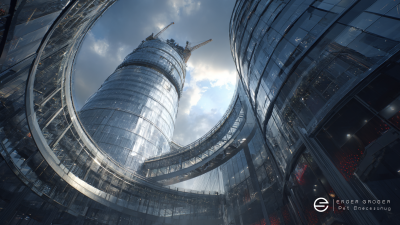
Navigating the 2025 Tech Landscape: Innovations in Best Exterior Rendering for Global Procurement
-
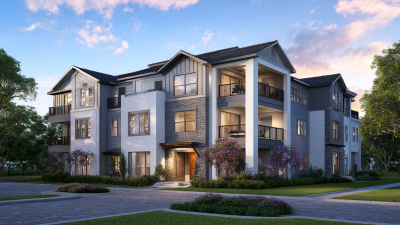
Top 7 Digital Innovations in Best Real Estate Rendering Services
-

Mastering Real Estate Rendering Techniques for Stunning Visual Presentations
-
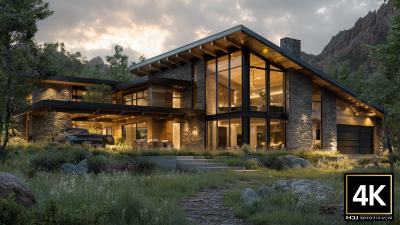
How to Choose the Right Manufacturer for Best Exterior Rendering Solutions
-
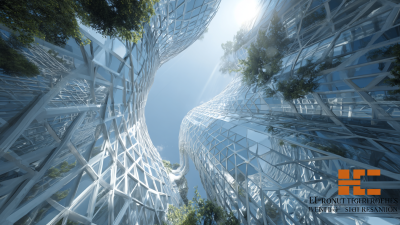
Emerging Technologies Transforming Best 3D Architectural Rendering by 2025 and Essential Checklist
-
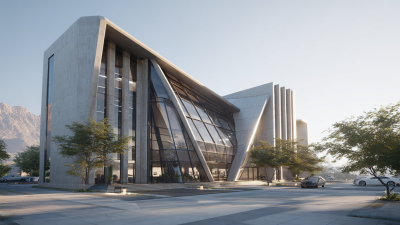
Emerging Trends in Architectural Rendering Technology for 2025 A Comprehensive Guide for Global Buyers


